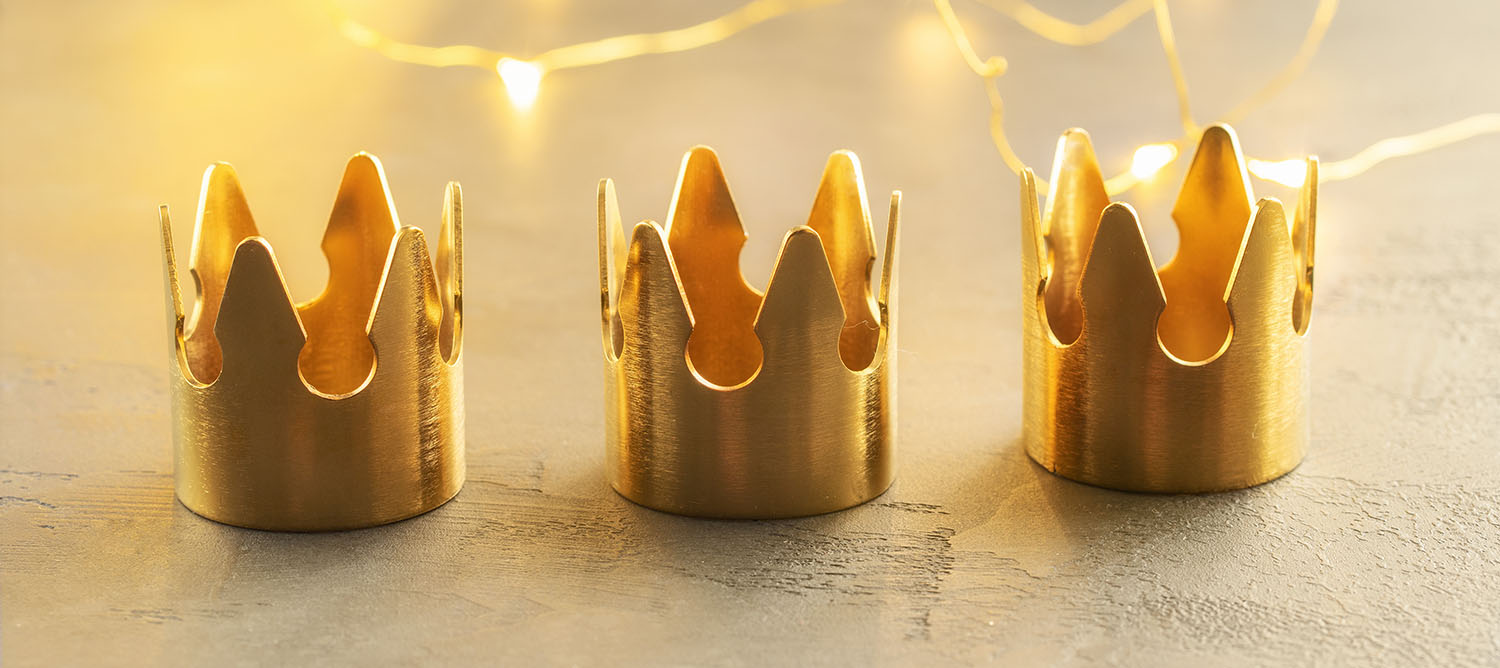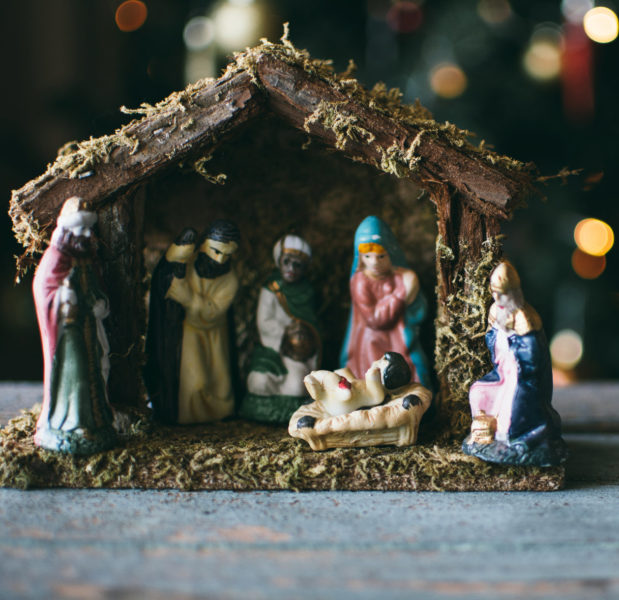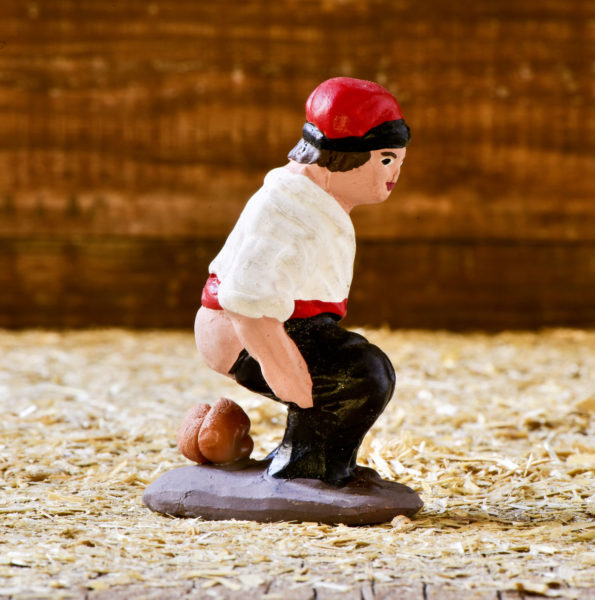

The Three Wise Men, a true story
The Epiphany is the best known celebration of the Christmas cycle. And, instead, only the Gospel of St. Matthew gives specific news of the Three Wise Men, but in a rather enigmatic way. It does not even specify the names, the number or the exact origin. So, what is the true story of the biblical Magi?
Let’s start by taking a good look at how St. Matthew introduces the Magi in his Gospel. First, he assures us that Jesus was born in Bethlehem of Judea, in the time of King Herod, and then he relates the appearance of the Magi as follows: “Shortly afterward there came to Jerusalem wise men from the East who asked ‘Where is the King of the Jews, who has just been born? We have seen his star there in the East and have come to prostrate ourselves before him’.”
In fact, St. Matthew tells us in the Gospel that “the news greatly troubled King Herod, and with him all Jerusalem.” So Herod let the Magi go, but asked them to inform him of the exact place where the child was born before returning to their villages, so that he too could go and worship him. But it seems that the magi did not keep the word given to Herod…
The Gospel says that the wise men continue on their way, always following the star, until it stops just at the point where Jesus is. Then, St. Matthew narrates: “And when they entered the house, they saw the child with Mary, […] they fell down before him and opened the chests they were carrying to offer him gifts of gold, frankincense and myrrh. And as a dream warned them that they were not to see Herod again, they returned to their own country by another way.” After this, they are never spoken of again.
The mess that surrounds the story
If we carefully analyze the Gospel narrative of St. Matthew, we quickly realize that at no time are we told that there were three characters, but, instead, we are told that “some magi” left three gifts (gold, frankincense and myrrh). Nor is the exact point of the meeting specified. And most surprising of all: at no time is the kingly status of these characters specified.
If we look for more canonical information —the official one— about these characters, nowhere do we find more information. Even so, if we go to the other Gospel that narrates the birth and infancy of Jesus, that of St. Luke, nowhere are the Magi mentioned, nor the slaughter of the innocents, nor the flight into Egypt. On the other hand, St. Luke does provide details about the annunciation, the transfer of Joseph and pregnant Mary to Bethlehem to be registered in the census ordered by the Roman Emperor Augustus, the adoration of the shepherds and the birth of Jesus in a stable.
Therefore, the New Testament offers very different versions of Christmas that, with the maturation of the passing of the centuries, with intentional contributions and biased interpretations, have ended up shaping the fantastic and braided story that we know. We must not lose sight of the fact that along the way new characters were added, such as the ox and the mule, which Pope Benedict XVI has publicly rejected, or the fourth wise man and other inventions.

“If the original Greek word was translated from an Old Persian word, ‘maguusha’, then the meaning would be: priest.”
Does Magi mean magicians?
Then, The question that the initial story suggests to us is: why does Matthew make these curious characters appear? The important fact to keep in mind is that the original Gospel of St. Matthew was written in Greek, a manuscript of which has not reached us until our days. We only have the version translated into Latin by St. Jerom, but already in the fourth century.
If we continue analyzing the text, the key to everything lies in the word “magi”. Is this the word used in the original text written in Greek? And then another rather disturbing question arises: what did it mean to be a “magi” in the context in which the gospel is written?
Historical etymology offers us two possibilities. If the original word written was Greek “μάγο”, it would be used with a pejorative connotation. An expression aimed at defining sorcerers, dream interpreters, enchanters, practitioners of dark rites and, even, charlatans. It seems that this is not the case! On the other hand, if the original Greek word was translated from an Old Persian word, “maguusha”, then the meaning would be: priest. Surely, the most likely!
Therefore, if we follow this etymological path, we find in the Babylonian past a religious caste of Persian priests known as “magi” with a recognized prestige in astrological knowledge and followers of the Zoroastrian religion. To understand the historical etymology even better, we must keep in mind that the Jewish presence in Persia was very notable from the time of Nebuchadnezzar (6th century B.C.), when the Babylonian ruler conquered Judah and enslaved the Jews.
These Hebrew communities, who awaited the Messiah, would surely have influenced the Persian astrological tradition. In the 6th century A.D., these magi —now named and numbered— were depicted in the Persian style —mainly in their clothing— in the well-known mosaic of St. Apollinaris the New in the basilica of Ravenna (Italy).

“The textual analysis places us in front of a purely propagandistic story: to demonstrate that Christianity was broad, integrating cultures and universal.”
The legend consolidates with the biblical canon
Whether the visit of the Magi happened or not, we arrive at the Council of Nicaea in 325, when the official discourse of the Church was institutionalized and it was agreed that only four official gospels —Matthew, Luke, John and Mark— would mark the discourse of dogma. The rest of the texts, more than 70, will be considered apocryphal, that is to say, unreliable, since they are based on suppositions that cannot be contrasted.
It is curious because all these texts were written at the same time as the four canonical gospels. What is evident is that, with the passing of the centuries, theology, liturgy and Christian tradition were forged, complemented by other writings that filled the gaps left by the official texts. It was in this process that the story of the Persian magi took shape.
If we avoid the fantastic and we are absolutely rational, the textual analysis places us before a purely propagandistic story. The incipient and modern Christian discourse that emerged from Nicaea had the need to demonstrate that its radius of action was broad, integrating cultures and endowed with a universal dimension. The story of the Magi fulfilled this message and —no less important— allowed linking the prophecies of the Old Testament with the New Testament, since it demonstrated that the sacred scriptures were not mistaken in the fact that “all kings coming from everywhere will prostrate themselves before him.”
Nor is it by chance that the number of the magi was set at three: because it is the number of the divinity par excellence, of the Holy Trinity; because it is the reflection of the three ages of the human being, youth, maturity and old age; because they are the three continents known at that time, Europe, Asia and Africa; and because they are the three dimensions of time, past, present and future.
The pieces that build history
It was from then on that a special iconography began to be created, with diverse meanings. Soon the authentic reality of the characters from the East ceased to be relevant and the ritual symbolism of the Middle Ages became important. The Carolingian world turned them into kings. The story goes that Frederick I Barbarossa, during the Third Crusade, found the bodies of the three kings in Constantinople and brought them to Germany. Today, Cologne Cathedral preserves the relics of the Magi. The mendicant orders of the 13th century contributed to the tradition of making the nativity scene, and the epiphany has a prominent place. The Renaissance brought blackness to King Balthasar.
The long night of time fixed and generated new details about the Magi, which impregnated the European cultural tradition forever and ever. The story of the Three Wise Men is a story built in pieces, which has changed generation after generation and has reached our days as a commercial spectacle. And, like all good stories, it is made over a slow fire.
11Onze is the community fintech of Catalonia. Open an account by downloading the app El Canut for Android or iOS and join the revolution!





A estat molt bé.
Gràcies, Joaquim per llegir-nos i seguir-nos! Seguim a La Plaça.
Celebrem que t’hagi agradat, Joaquim!!!
maguusha, una paraula màgica, Oriol Le teves lliçons són sempre intensives,viscudes i amb una càrrega de sentiment que transmet a qui et llegeix i escolta
Aquest tres i el seu significat un nou aprenentatge,el teu escrit m’ha enganxat ,l’he trobat màgic
gràcies
Moltes gràcies, Alícia. D’això es tracte de poder aportar contingut valuós i interessant a la comunitat. Tot i que l’afer dels Reis d’Orient és un tema complex i feixuc pel fort simbolisme que s’ha configurat al llarg dels segles. Seguim per La Plaça!
Una desmitificació valuosa i ben treballada. Gràcies
Gràcies, Francesc per la lectura. Ens veiem per La Plaça!
Ja deia jo que això de reis …… i mags …… en fi, la Història la escriu l’homa al seu interès !!! No se !! Em pregunto jo .
Sempre hi ha una intencionalitat darrera de cada escrit o relat, Manel. Ens veiem per La Plaça!
Ok 👍
Gràcies, Josep. Seguim a La Plaça!
Gràcies Oriol! Llegir-te sempre és un plaer.
Gràcies per llegir-nos! Seguim a La Plaça!
Moltes gràcies pel teu comentari, Anna!!!
Molt interessant Oriol i ben explicat. Moltes gràcies
Gràcies, Núria per la lectura i el comentari. Ens veiem per La Plaça
Gràcies Mestre😉🙏🏿
Gràcies, James! Continuem aportant valor a La Plaça.
👌
Gràcies, Joan. Seguim a La Plaça!
Gràcies Joan.
Les lliçons d’història de l’Oriol sempre van més enllà del simple relat d’uns fets. Són molt treballades i enganxen. Gràcies Oriol!
Gràcies, Mercè per les teves paraules! Sempre hem d’analitzar el rerefons de les històries atès que aquestes sempre amagant la seva veritable gènesis. Seguim a La Plaça!
És un gran historiador, ho viu i ens ho transmet. És un regal escoltar-lo i llegir-lo. Gràcies, Mercè per les teves paraules.